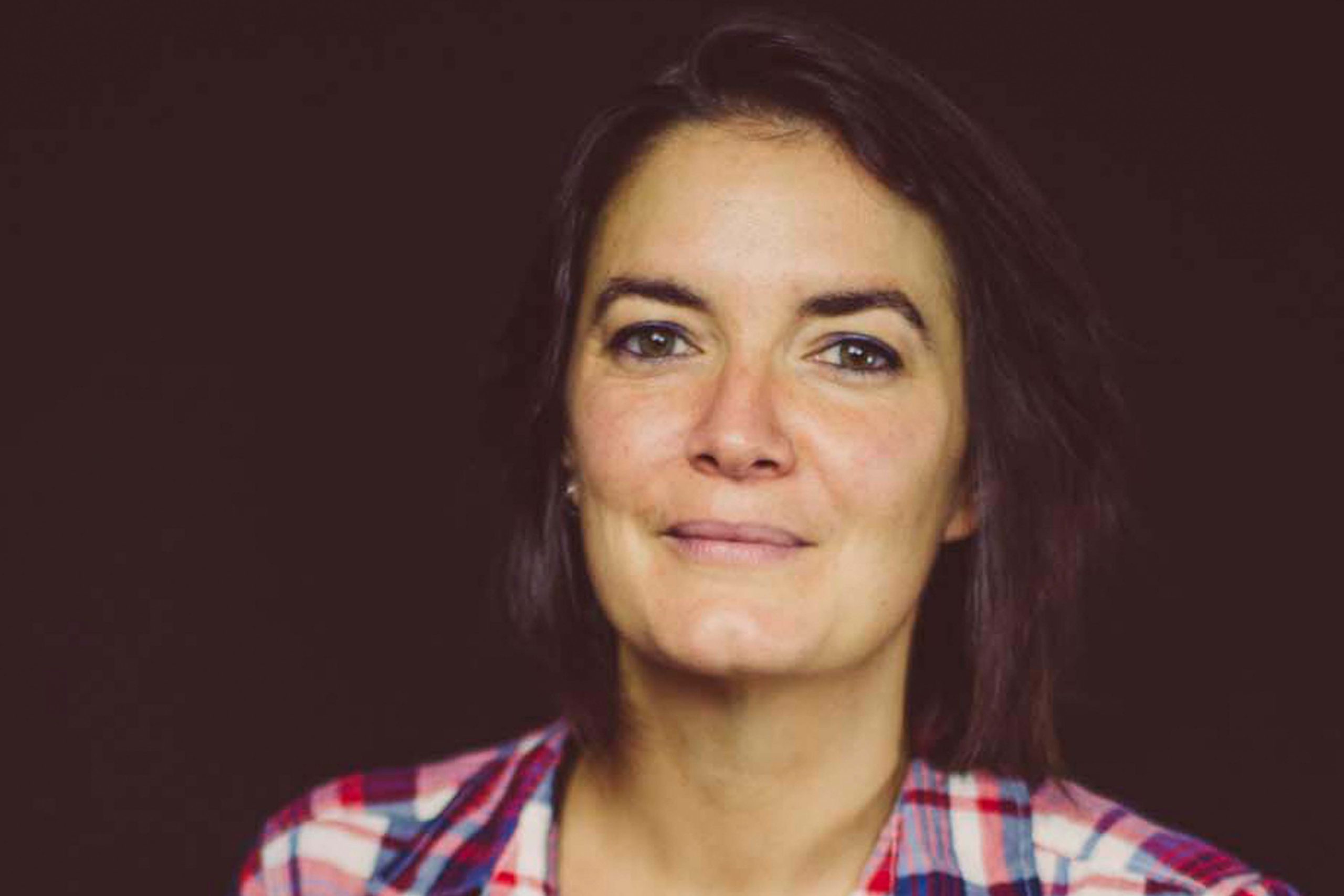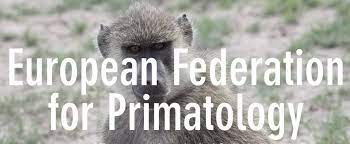Marie Charpentier
Directrice de Recherche
Je travaille sur l'évolution de la socialité dans les sociétés de primates en utilisant des données à long terme centrées sur les individus. Depuis 2012, je gère une station de terrain dans le sud du Gabon (Parc de la Lékédi, Bakoumba) pour étudier la seule population naturelle de mandrills habitués au monde. Dans cette population, j'étudie les principaux déterminants des relations sociales, tels que la parenté ou le statut parasitaire individuel, ainsi que les facteurs proximaux qui régulent ces relations.
The social microbiome: The missing mechanism mediating the sociality-fitness nexus?
Chez de nombreux mammifères sociaux, la vie sociale précoce et l’intégration sociale à l’âge adulte...
The Mandrillus Project
Le projet Mandrillus (www.projetmandrillus.com) étudie la socio-écologie de la seule population habituée de mandrills sauvages...
Stillbirth of a mandrill (Mandrillus sphinx) in the wild: perinatal behaviors and delivery sequences
La naissance est un événement fondamental dans la vie des animaux, y compris dans notre...
81 documents
- Pritish Chakravarty, Alison Ashbury, Ariana Strandburg-Peshkin, Josefine Iffelsberger, Aya Goldshtein, et al.. The sociality of sleep in animal groups. Trends in Ecology & Evolution, 2024, 39 (12), pp.1090-1101. ⟨10.1016/j.tree.2024.07.011⟩. ⟨hal-04749978⟩
- Axelle Delaunay, Océane Cossu-Doye, Berta Roura-Torres, Loïc Sauvadet, Barthélémy Ngoubangoye, et al.. An early-life challenge: becoming an older sibling in wild mandrills. Royal Society Open Science, 2024, 11 (7), ⟨10.1098/rsos.240597⟩. ⟨hal-04749969⟩
- Berta Roura-Torres, Paul Amblard-Rambert, Pascal Lepou, Peter M Kappeler, Marie J E Charpentier. Stillbirth of a mandrill (Mandrillus sphinx) in the wild: perinatal behaviors and delivery sequences. Primates, 2024, 65 (2), pp.75-80. ⟨10.1007/s10329-023-01112-6⟩. ⟨hal-04501987⟩
- Alice Baniel, Marie J.E. Charpentier. The social microbiome: The missing mechanism mediating the sociality-fitness nexus?. iScience, 2024, 27 (5), 109806 [9 p.]. ⟨10.1016/j.isci.2024.109806⟩. ⟨hal-04749973⟩
- Nikolaos Smit, Jules Dezeure, Loïc Sauvadet, Elise Huchard, Marie Charpentier. Socially bonded females face more sexual coercion in a female-philopatric primate. iScience, 2023, 26 (10), pp.107358. ⟨10.1016/j.isci.2023.107358⟩. ⟨hal-04240885⟩
- Sonia Tieo, Jules Dezeure, Anna Cryer, Pascal Lepou, Marie Charpentier, et al.. Social and sexual consequences of facial femininity in a non-human primate. iScience, 2023, 26 (10), pp.107901. ⟨10.1016/j.isci.2023.107901⟩. ⟨hal-04240893⟩
- Axelle Delaunay, Alice Baniel, Jules Dezeure, Alecia J Carter, Guy Cowlishaw, et al.. Transition to siblinghood in a wild chacma baboon population. Animal Behaviour, 2023, 199, pp.123-139. ⟨10.1016/j.anbehav.2023.02.011⟩. ⟨hal-04070047⟩
- Sonia Tieo, Claudia Ximena Restrepo-Ortiz, Berta Roura-Torres, Loïc Sauvadet, Mélanie Harté, et al.. The Mandrillus Face Database: A portrait image database for individual and sex recognition, and age prediction in a non-human primate. Data in Brief, 2023, 47, pp.108939. ⟨10.1016/j.dib.2023.108939⟩. ⟨hal-04081696⟩
- Clémence Poirotte, Marie J E Charpentier. Mother-to-daughter transmission of hygienic anti-parasite behaviour in mandrills. Proceedings of the Royal Society B: Biological Sciences, 2023, 290 (1992), pp.20222349. ⟨10.1098/rspb.2022.2349⟩. ⟨hal-04198813⟩
- Nikolaos Smit, Barthélémy Ngoubangoye, Marie Charpentier, Elise Huchard. Dynamics of intersexual dominance in a highly dimorphic primate. Frontiers in Ecology and Evolution, 2022, 10, ⟨10.3389/fevo.2022.931226⟩. ⟨hal-04198820⟩
Follow Me On

Contact Info
Specialty
Primatology, Mandrills, Sociality



